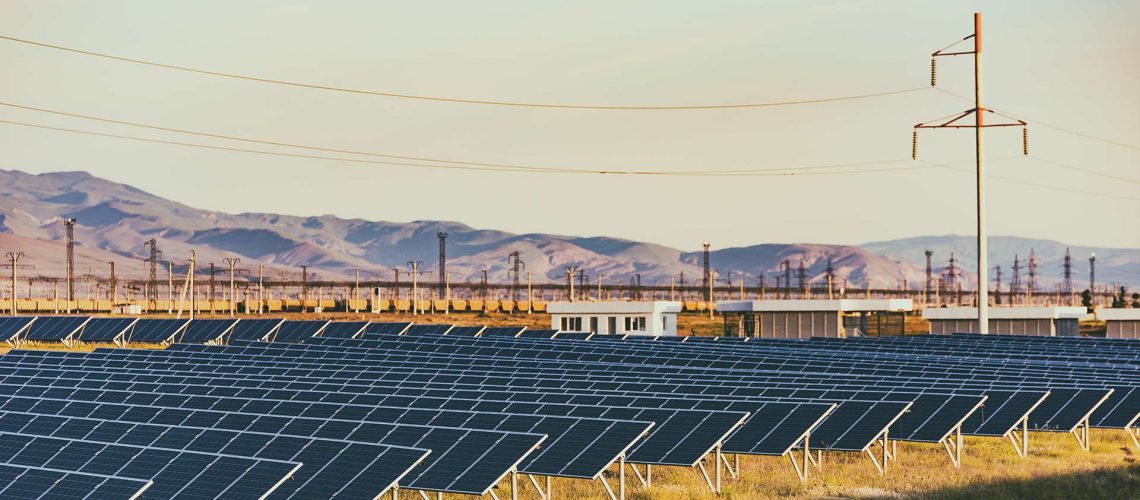An uptick in clean energy demand has caused a surge in ground-mounted solar panels, and with that development, there have also been concerns on what effects these panels can have on the ground they are installed in. This concern mostly relates to a phenomenon called the “heat island” effect, which shows that human construction can increase the temperature of a city or region.
Environmental research performed by Lancaster University has investigated this topic and found that solar panels cause the ground to cool rather than increase in heat. The study was performed with solar panels that faced the equator and were arranged in rows with gaps in between each panel.
This study showed there were clear differences between the temperature directly below the panels, the gaps between panels, and the control group. Between spring and autumn, the ground underneath solar panels was cooler by up to 5.2 °C on a daily average compared to both the control group and the gap between panels. In addition to the temperature recorded in the ground, the air temperature was also found to be significantly cooler by up to 6 °C, however, it should be noted that the air turned slightly warmer under the solar panels during the night.
Since the temperature in a region is an important factor that can have several effects, it’s understandable that people looking to have in-ground solar panels installed would want to know what they can expect for their property. To explain why solar panels have this effect, we must understand how light and heat work.
The sun’s energy arrives on earth in the form of light, which is then either reflected or absorbed, and the light that is absorbed will be converted into heat. Most surfaces on Earth will absorb this energy, so with this information, we can start see why solar panels absorb less heat than other surfaces.
The average reflection coefficient of the Earth is roughly 0.35 (compared to a perfectly reflective surface of 1.00), and if we look at the reflection coefficient of 0.3 that both blue and black solar panels have, we might think that solar panels do very little compared to other materials to reflect light. However, other factors are important, such as the elevation that a panel is installed in. The distance from the panel to the ground reduces the heat that is transferred between the two, and that is without considering that panels absorb the sun’s energy and convert it into electricity rather than heat.
It should be mentioned that solar panels produce heat, but unlike the common misconception suggests, do not generate heat purposely, or use heat to produce electricity, instead, they produce heat as a byproduct. That is because a solar panel is unable to convert all sunlight into electricity and roughly 80% of it is converted into heat, and as a result, the panels will become hot. This is further accentuated by the heat produced from the electrical operating point of the panels, as well as the infrared light that solar panels absorb. Infrared light has energy below that of the band gap of the solar cells, and this causes the energy to be unconvertable into electricity. This energy will either be reflected by aluminum in the panels or pass through and be absorbed into the surface below the panel.
So, if you are concerned that your ground-mounted solar panels can attribute to the heat island effect and cause the ground to heat up more than usual, then don’t. Research clearly shows that solar panel installations will have a cooling effect on the surface below them rather than cause a rise in temperature.


